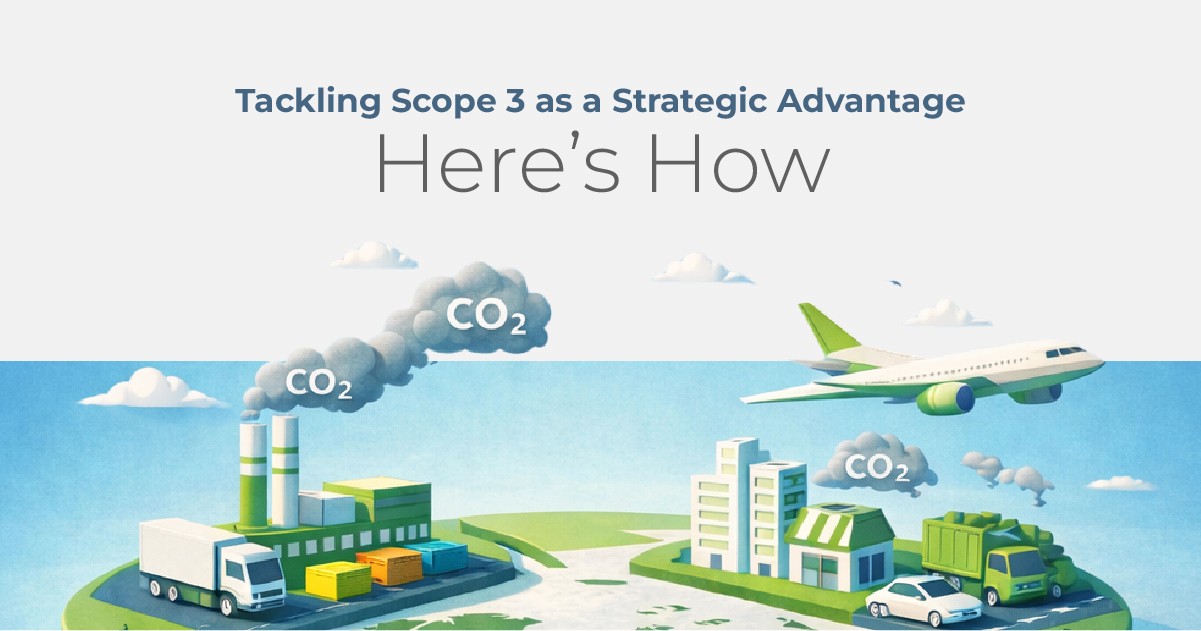The new digital revolution has changed the way organizations gather, manage, and use data. The rise of cloud computing, cloud storage, and Software as a Service (SaaS) is among the most significant players involved in the technology revolution. In this blog, we will understand what these technologies are and their impact on organizations; we will explore the advantages of these technologies, the associated applications, and compare them to traditional on-premise solutions.
What is Cloud Computing?

Users have access to various IT resources such as applications, servers, storage, databases, and software through the internet, analytics, and AI included. Cloud computing permits businesses to eliminate physical infrastructure, which helps to improve speed and scale while cutting costs. With flexible payment structures, users can scale their resources up or down depending on what is necessary for the business at the time.
Key Characteristics of Cloud Computing
Before we get started, let’s understand what makes the cloud special:
On-Demand Self-Service: You can provision resources yourself; no human is required.
Resource Pooling: Providers serve multiple customers in a multi-tenant model, with resources assigned and reassigned dynamically.
Measured Service: Resources are monitored, controlled, and reported, so both provider and consumer have visibility.
Cloud Storage: The Backbone of Modern Data Management
Cloud storage gives organizations and customers the flexibility, scalability, and cost-effectiveness to store and access data. Here's how:
Scalability: Cloud storage offers flexibility in scaling resources.
Cost Efficiency: You pay for the storage as you use it, rather than paying for hardware outright with up-front purchasing of fairly large amounts of storage.
Data Redundancy and Reliability: Your data will be stored at multiple locations, further minimizing the risk of hardware failures resulting in data loss.
Remote Accessibility: You can access your data from anywhere in the world, and on as many devices as you choose, and it will still work if they are all connected to the internet.
Easy Backup and Recovery: With automatic backup systems and easy recovery options, it reduces your risk of permanently losing data.
SaaS: Software as a Service Explained
SaaS (software as a service) is a software distribution approach in which cloud-hosted applications themselves are accessible through the internet, typically using a web browser. Users rent, subscribe, or pay a usage fee to use SaaS applications, and do so on a monthly or yearly basis rather than buy, install, run, and maintain a local copy. The provider maintains, updates, secures, and manages the infrastructure for the software, allowing users to access and use the features that are available to the software at that very instant and only pay based on utilization.
Benefits of SaaS for Businesses
SaaS solutions are taking over the modern business landscape. Here are just a few reasons companies are flocking to SaaS:
Lower Initial Investment: You do not have to invest in complicated or expensive hardware or purchase expensive software licenses; you pay a subscription fee and use the solution to suit your needs.
Automatic Updates and Maintenance: All the maintenance and updates are done by the provider.
Accessibility and Mobility: Many SaaS apps can be accessed by any device, anywhere, and this remote access facilitates remote work.
Integration: Most SaaS apps have APIs and integration options with other tools to enable more efficient business processes.
Real-world Applications of Cloud Computing, Storage, and SaaS
Cloud technologies are central to many everyday services and essential business applications. Here are some examples:

Government and Public Sector
Today's governments are using cloud solutions for efficiency, transparency, and flexibility.
DigiLocker: An online storage wallet for Indian citizens' official documents and a digital space for important documents.
Aadhaar (UIDAI): Cloud infrastructure is used to store and manage data about 1 billion citizens through the biometric ID system under the governance of the Indian government.
Income Tax e-filing portal: This service holds millions of tax filings using the cloud architecture for security and efficiency standards.
Vahan (Vehicle Registration): Centralized cloud storage to hold all vehicle registration information for all authorized sources and uses.
GSTN (Goods and Services Tax Network): Use cloud technology to store large volumes of transaction data for each monthly tax period. This shares compliance and transparency.
Healthcare and Public Health
Cloud computing is revolutionizing healthcare delivery and management.
National Health Mission (eVIN): Utilizes cloud-based systems for vaccine stock management by digitizing and providing real-time tracking and reporting.
Banking and Financial Services
Banks and financial firms utilize the cloud to provide safe, scalable, and reliable services.
Core Banking: Many banks are using cloud solutions for their core banking applications and customer information.
Unified Payments Interface (UPI): India's real-time payments system, which handles millions of transactions every day, relies completely on the cloud.
Consumer and Entertainment Services
Cloud and Software-as-a-Service have developed many consumer applications we use today, such as:
Gmail: Google's email application is fully cloud-based and promotes the highest availability, security, and privacy.
Apple Music: Apple Music provides music from the cloud, storing user preferences and playlists in the cloud for immediate access.
Google Photos: Photo and video cloud storage that facilitates file backup and sharing.
Netflix: Delivers unlimited streaming content globally and can scale to meet peak loads effortlessly.
Business and Enterprise Solutions
Cloud and SaaS have changed business operations.
Salesforce: Considered the best global CRM, it is fully cloud-based with very good offerings for sales, marketing, and customer service.
Microsoft 365, Google Workspace: Cloud tools for collaborative working.
Advantages of SaaS, Storage, and Cloud Computing:
The adoption of cloud technologies provides businesses of all sizes with a number of advantages.
Enhanced Security and Compliance
Cloud providers typically invest an enormous amount of time, money, and other resources into issues of security and compliance, often significantly more than any one company could ever independently resource.
Data Encryption: To reduce the possibility of unwanted access, it is carried out both in transit and at rest.
Regular Audits: Security audits and certifications are regularly conducted on providers.
Support for Compliance: A large number of cloud services adhere to popular industry standards, including GDPR, HIPAA, and PCI DSS.
Cost Savings and Predictable Expenses
In some situations, Cloud technologies turned capital expenditures (CapEx) into operating expenditures (OpEx).
Pay-as-you-go: You pay only for what you use.
No Hardware Upkeep: You don't have to buy, upgrade, or maintain hardware.
Fewer IT Staff Hires: This diminishes the need for internal conditions of expertise for maintenance & support.
Flexibility, Scalability, and Business Agility.
Cloud solutions allow businesses to quickly adjust to changing requirements.
Instant Resource Provisioning: No waiting weeks to deploy new services and apps.
Global Reach: Service any customers and users anytime and anywhere in the world with little or no physical infrastructure.
Enables Innovation: Innovate new ideas and technologies without capital commitments.
Improved Collaboration and Accessibility
Cloud software provides collaboration whenever you want.
Synchronous Collaborations: Synchronous collaboration is when multiple users collaborate on the same project or document at the same time.
Support Remote Work: This provides for hybrid and remote work by allowing access to documents and applications from anywhere and at any time.
Embracing the Future with Cloud Technologies
More than just popular buzzwords, cloud computing, cloud storage, and Software-as-a-Service (SaaS) are helping tip the scales towards digital transformation. Organizations that use cloud technologies will create efficiencies, be agile, and innovate. Cloud gives both startups and multinational enterprises the avenue to leverage technology to survive in a changing world.





